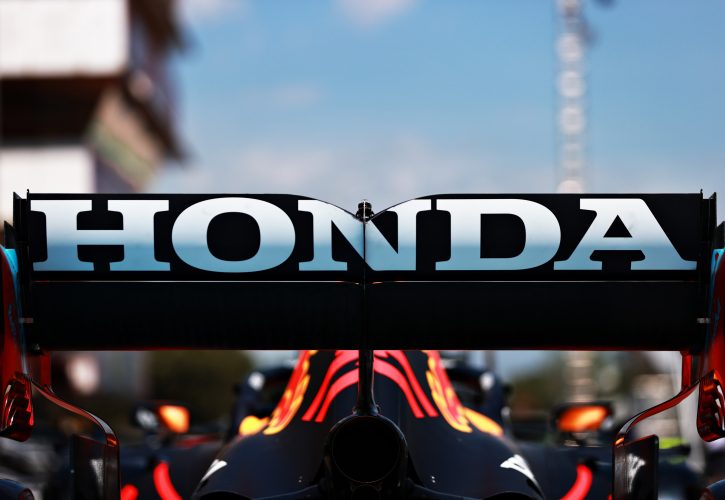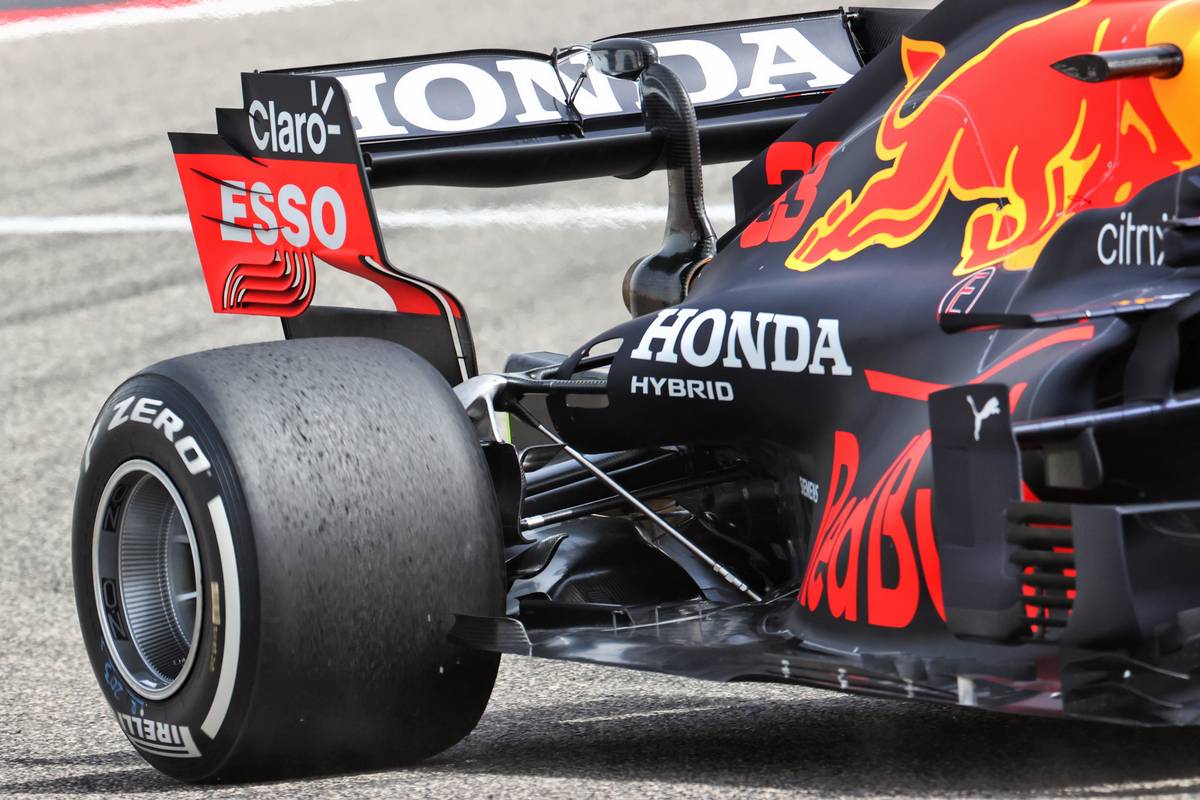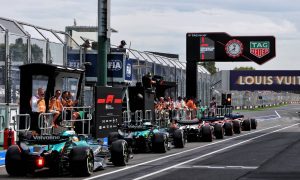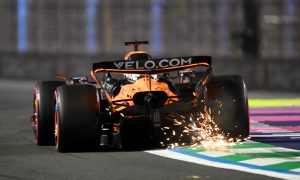
Lewis Hamilton's comment last weekend in Spain on Red Bull using a 'bendy wing' on its car may well have re-sparked the interest of the FIA on the matter, with the latter set to increase its scrutiny of flexible wings in F1.
In Barcelona, Hamilton contended that the rear wing on Max Verstappen's car was flexing at high speed, potentially decreasing the RB16B's drag on the straights and thus increasing its top speed.
Red Bull team boss Christian Horner admitted to being surprised by the Mercedes driver's comment, ensuring the Milton Keynes-based outfit's car had passed all of F1's stringent load tests.
"Of course, the cars are scrutineered thoroughly and there's pull back tests, and there's all kinds of different tests it has to pass," Horner said.
"The FIA are completely happy with the car, that it has passed all of those tests that are pretty stringent.
However, F1's governing body has issued to teams a new Technical Directive (TD 18/21) in which it says it will submit rear wings to increased testing constraints from next month's French GP.
The FIA's new anti-flexing tests will involve almost doubling the load applied to both the pullback load and vertical load tests.
“We will be looking out for any anomalous behaviour of the deformation of the rear wing,” said FIA single-seater technical head Nikolas Tombazis.
“In particular, we will not tolerate any persistent out-of-plane deformation that may be contrived to circumvent the symmetrical loading applied in the load deflection tests.
“Should we observe any characteristics that indicate exploitation of this area, we will introduce further load deflection tests as necessary.”

In F1, a flexible wing is considered to be a moving aerodynamic device, something that has been illegal since 1969 - although all wings naturally flex under load to an infinitesimal amount as no structure is absolutely rigid.
However, in 2011 Red Bull enjoyed a key aero advantage over its rivals by using flexible front wings despite the team's RB7 passing the FIA's load tests.
Red Bull achieved this thanks to a clever optimization of its carbon fibre technology through a specific layering that allowed for a wing to flex while still retaining its strength, and more importantly while passing the FIA's load-to-deflection test with flying colors.
Oddly, despite Hamilton's comments and video footage (see hereunder) which appeared to show Verstappen's rear wing flexing at high speed in Spain, both Red Bull's cars were among the slowest on the Circuit de Catalunya's main straight during qualifying.
If Red Bull has somehow once again gained an edge in the flexible wing department, it will retain that advantage in the upcoming three races at Monaco, Baku and Istanbul, while potentially preparing a new-spec design in time for the start of the French GP weekend on June 25.
However, the FIA has also informed teams that it will take into account a 20% flexing tolerance during the first month of the new load tests to allow teams to transition to their new wing specifications.
Here is a video of the @redbullracing flexi-wing for those interested.#SpanishGP 🇪🇸pic.twitter.com/7yhv1cLKu6
— Bryson Sullivan 🇺🇲 (@NaturalParadigm) May 12, 2021
Gallery: The beautiful wives and girlfriends of F1 drivers
Keep up to date with all the F1 news via Facebook and Twitter







